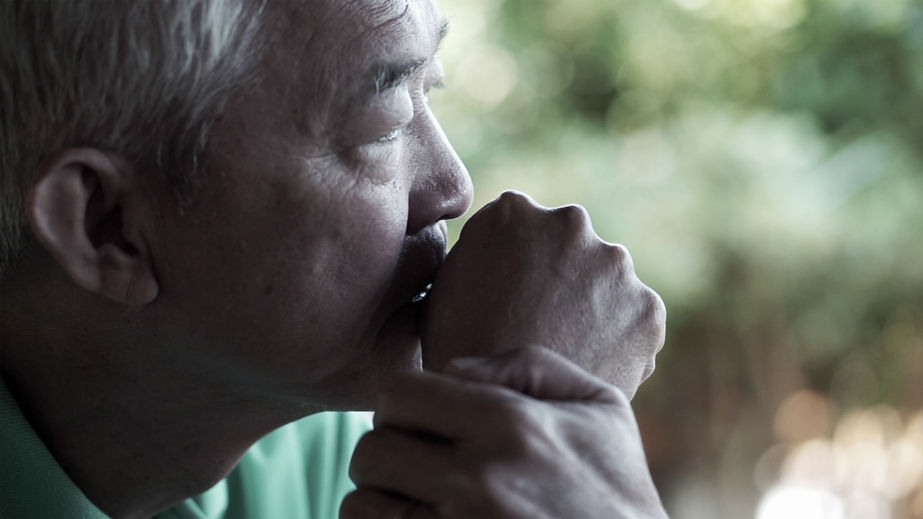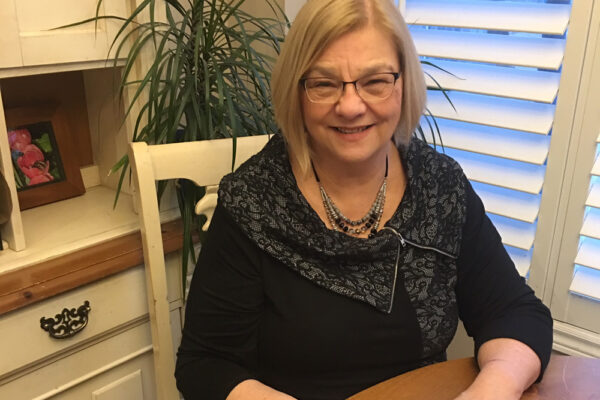Seeing the word “Queer” might be alarming to some. At one time a pejorative term, more recently the term queer has been reclaimed by the LGBTQ community in much the same way as other marginalized communities have reclaimed language once seen as derogatory as an expression of strength and resilience. For those not familiar with the acronym LGBTQ, it stands for Lesbian, Gay, Bisexual, Transgender and Queer. It is one of a number of acronyms that are used to describe people who self-identify according to their sexual orientation and gender identity and expression (SOGIE).
Having set the stage, consider this: RuPaul is 60 years old. For many people, RuPaul is a recognizable and very public face of the LGBTQ community. Since his emergence as a “Drag Queen” in the early 1990s, RuPaul has achieved international fame, in particular with his current syndication of RuPaul’s Drag Race shows seen around the world.
Now picture how someone like RuPaul might be perceived as a resident in a long-term care home setting. No doubt, someone of RuPaul’s stature would be treated differently than someone less well known. However, it is possible, that even RuPaul might find the experience of living in a long-term care setting challenging in a way that straight person might not, and for obvious reasons.
There is a growing body of research evidence that members of the LGBTQ community have often experienced invisibility, mistreatment and victimization, even to this day. In fact, the response to members of the LGBTQ community from within some cultures has resulted in severe physical violence and even death, from society and even from within their families. Despite growing acceptance of queer people in recent years, particularly in western democracies, older LGBTQ adults who grew up during a time when there was less tolerance and even criminalization of sexual minorities still hold strong memories of what it was like to live in fear and to feel the need to hide their identities.
Coming from a place of marginalization, queer people have experienced greater health challenges and disparities than their straight counterparts. This too has been document in research evidence. In part this has been due to issues related to deprivation with regard to the social determinants of health , but also from imbedded biases in health and social systems and at times, from those who work within those systems. This extends to long-term care settings as well, and can be of particular concern for those who are frailer and more vulnerable.
Older, queer adults experience all of the same physical challenges experienced by older straight adults. However, those in the queer community have faced, and continue to face additional challenges as SOGIE individuals. In December 2020, Ontario Senior Pride, a coalition of organizations representing older LGBTQ adults, presented to Ontario’s Long-Term Care Covid-19 Commission of Enquiry and spoke about the challenges of queer people in long-term care settings. Although focused on the effects of Covid-19, the deputation laid out additional challenges that had existed in long-term care settings long before the arrival of Covid. Issues of equity, inclusion, discrimination, harassment and protection were identified. Recognition of queer relationships and a lack of comfort with room placements were seen as difficulties that queer people face. Disclosing one’s identity often becomes a liability.
Even though the challenges are considerable, the queer community has demonstrated a history of resilience. Liberation movements from the 1960s into the 1990s have shown an ability to respond to a number of threats to the community. From the struggle to be acknowledged, to the advancement and entrenchment of rights, and through the HIV/AIDS crisis, queer people have shown considerable ability to organize, adapt, press for change and survive. As further evidence of the continuing drive to support the community, EGALE (https://egale.ca) established the Rainbow Table (https://egale.ca/awareness/rainbow-table-create-community/), a virtual space to connect queer seniors. Efforts like these have helped to blaze trails that have led to significant advances on broader social, legal and medical practice issues.
The Covid-19 has clearly demonstrated a level of disconnectedness that exists for those within long-term care in relation to society at large. The effects of the pandemic speak to a need to reconnect with and raise the value of those living in those settings. Much has been documented about the separation of long-term care home residents from their loved-ones and family members. The situation is also heartbreaking for those who have limited or no connections to family in the traditional sense. Queer people understand this challenge, many of whom have been abandoned by their biological families, or who have no offspring to care for them in their later years.
One area of strength that has developed within the queer community is the ability to form families and communities of choice. These connections can be as strong as biological bonds. They offer additional possibilities for social support and the potential to harness broader assistance to help those in need.
Long-term care settings should be welcoming, inclusive, culturally-sensitive, diverse and non-discriminatory. If someone like RuPaul or another colourful personality finds themself in need of a home in long-term care, and they wish to wear make-up or drag, they should feel comfortable doing so. This is their home. And home should be a safe space for them to live their authentic self.
The Re:Think… Long-Term Care project aims to support reform of Ontario’s long-term care system for all Ontarians, including those from marginalized groups. This requires listening to the voices and experiences of those in long-term care, and their biological and chosen families. In an effort to articulate and realize a vision for a system that meets the needs of anyone who may require a home in a long-term care facility, it is essential to hear the concerns of the full range of perspectives.
Written by: Bill Croson, Consultant and member of the Leadership Team at BMG.
Image Copyright: glowonconcept, rf123.com
April, 2021.




